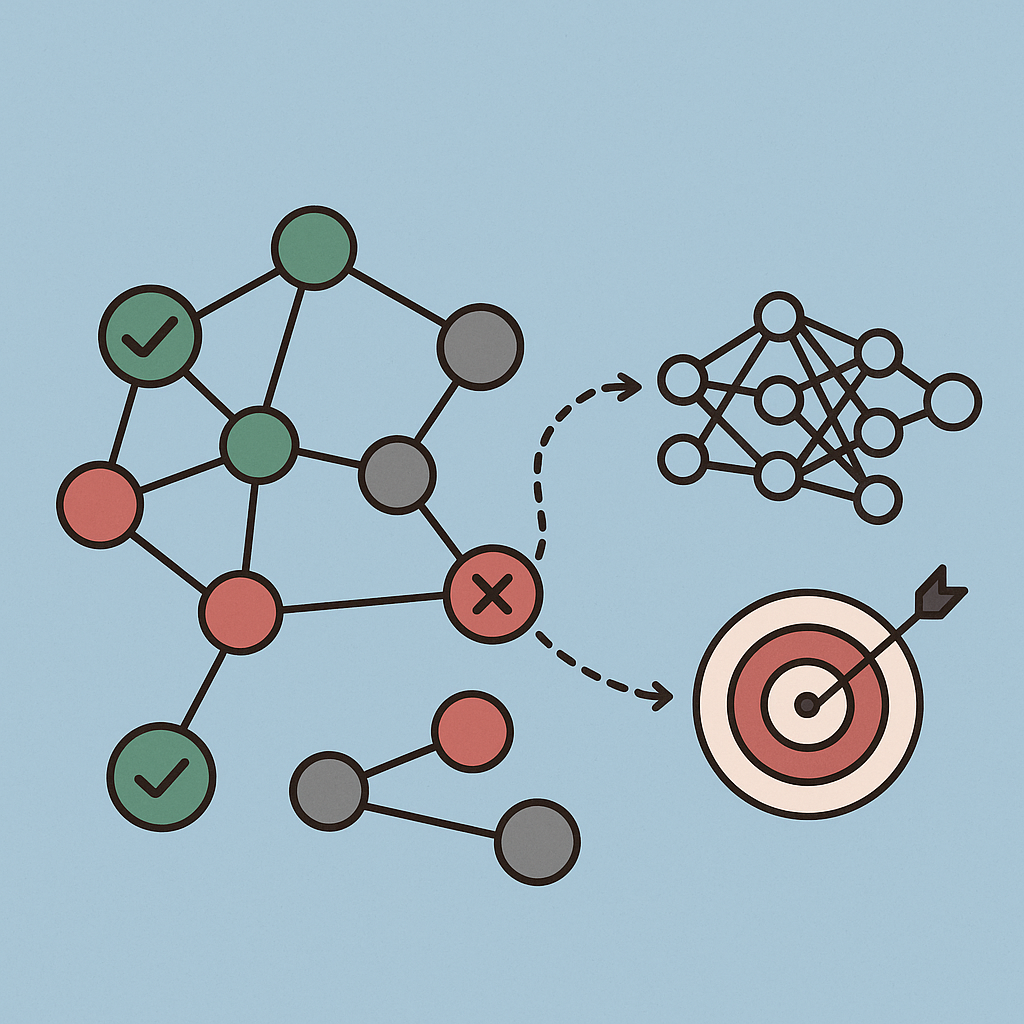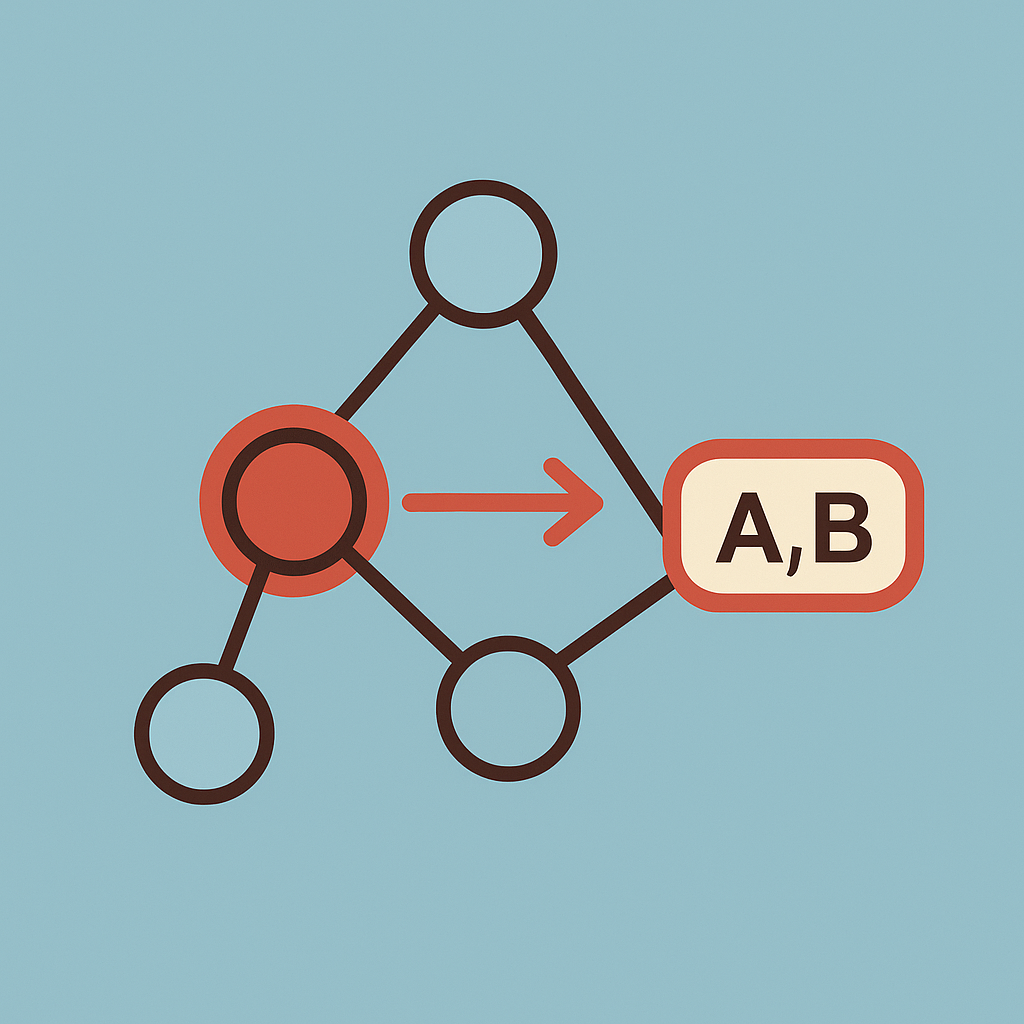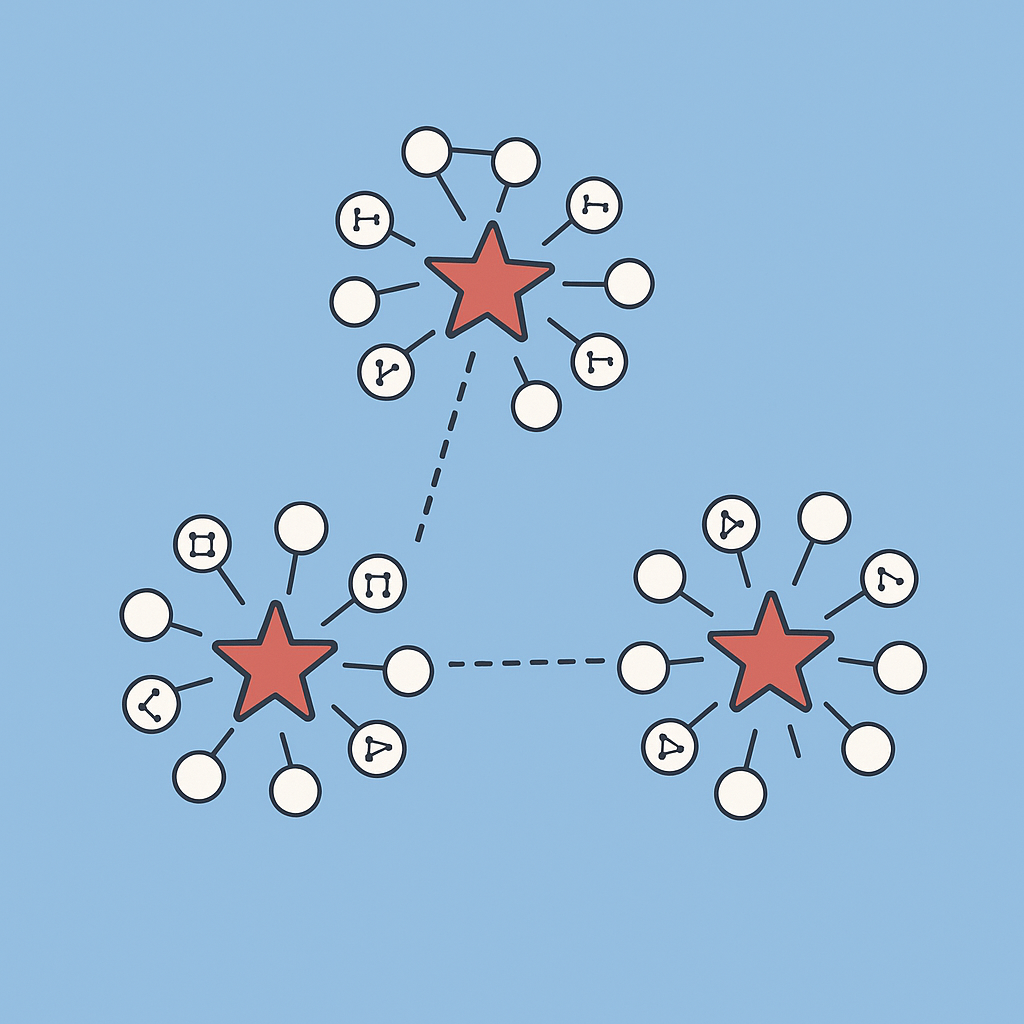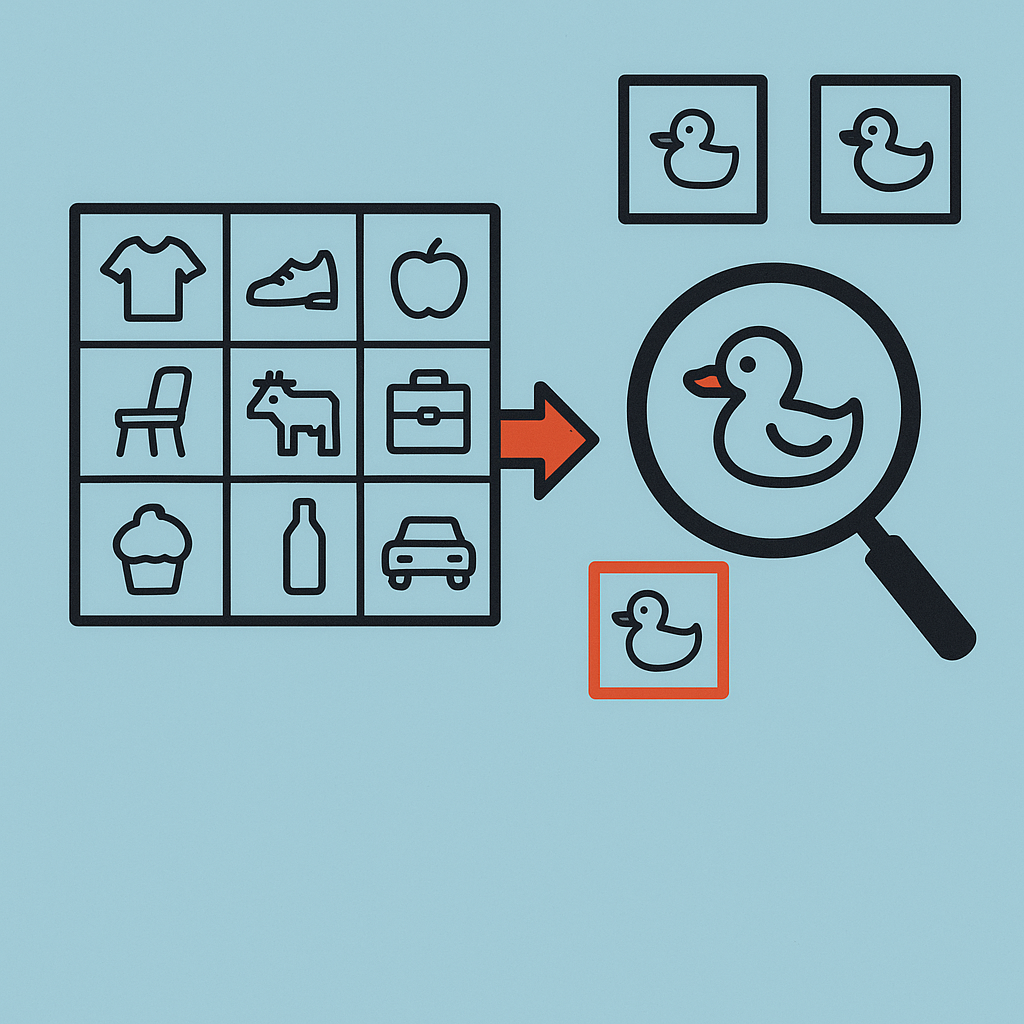Publications
Thumbnail previews are hallucinated by AI (ChatGPT ™).
* denotes equal contribution.
2025
- TMLR
 Node-Level Data Valuation on GraphsSimone Antonelli and Aleksandar BojchevskiTransactions on Machine Learning Research, 2025
Node-Level Data Valuation on GraphsSimone Antonelli and Aleksandar BojchevskiTransactions on Machine Learning Research, 2025We propose a novel framework for node-level data valuation on graphs, which quantifies the contribution of individual nodes to the performance of graph neural networks. Our approach leverages concepts from cooperative game theory to assign value scores to nodes based on their influence on model predictions.
@article{antonelli2025nodelevel, title = {Node-Level Data Valuation on Graphs}, author = {Antonelli, Simone and Bojchevski, Aleksandar}, journal = {Transactions on Machine Learning Research}, issn = {2835-8856}, year = {2025}, url = {https://openreview.net/forum?id=tNyApIqDSJ}, note = {}, }
2023
- ICML
 Conformal Prediction Sets for Graph Neural NetworksSoroush H. Zargarbashi, Simone Antonelli, and Aleksandar BojchevskiIn Proceedings of the 40th International Conference on Machine Learning, 23–29 jul 2023
Conformal Prediction Sets for Graph Neural NetworksSoroush H. Zargarbashi, Simone Antonelli, and Aleksandar BojchevskiIn Proceedings of the 40th International Conference on Machine Learning, 23–29 jul 2023Despite the widespread use of graph neural networks (GNNs) we lack methods to reliably quantify their uncertainty. We propose a conformal procedure to equip GNNs with prediction sets that come with distribution-free guarantees – the output set contains the true label with arbitrarily high probability. Our post-processing procedure can wrap around any (pretrained) GNN, and unlike existing methods, results in meaningful sets even when the model provides only the top class. The key idea is to diffuse the node-wise conformity scores to incorporate neighborhood information. By leveraging the network homophily we construct sets with comparable or better efficiency (average size) and significantly improved singleton hit ratio (correct sets of size one). In addition to an extensive empirical evaluation, we investigate the theoretical conditions under which smoothing provably improves efficiency.
@inproceedings{pmlr-v202-h-zargarbashi23a, title = {Conformal Prediction Sets for Graph Neural Networks}, author = {H. Zargarbashi, Soroush and Antonelli, Simone and Bojchevski, Aleksandar}, booktitle = {Proceedings of the 40th International Conference on Machine Learning}, pages = {12292--12318}, year = {2023}, editor = {Krause, Andreas and Brunskill, Emma and Cho, Kyunghyun and Engelhardt, Barbara and Sabato, Sivan and Scarlett, Jonathan}, volume = {202}, series = {Proceedings of Machine Learning Research}, month = {23--29 Jul}, publisher = {PMLR}, url = {https://proceedings.mlr.press/v202/h-zargarbashi23a.html}, }
2022
- LOG
 Metric Based Few-Shot Graph ClassificationDonato Crisostomi, Simone Antonelli, Valentino Maiorca, Luca Moschella, and 2 more authorsIn Proceedings of the First Learning on Graphs Conference, 09–12 dec 2022
Metric Based Few-Shot Graph ClassificationDonato Crisostomi, Simone Antonelli, Valentino Maiorca, Luca Moschella, and 2 more authorsIn Proceedings of the First Learning on Graphs Conference, 09–12 dec 2022Few-shot graph classification is a novel yet promising emerging research field that still lacks the soundness of well-established research domains. Existing works often consider different benchmarks and evaluation settings, hindering comparison and, therefore, scientific progress. In this work, we start by providing an extensive overview of the possible approaches to solving the task, comparing the current state-of-the-art and baselines via a unified evaluation framework. Our findings show that while graph-tailored approaches have a clear edge on some distributions, easily adapted few-shot learning methods generally perform better. In fact, we show that it is sufficient to equip a simple metric learning baseline with a state-of-the-art graph embedder to obtain the best overall results. We then show that straightforward additions at the latent level lead to substantial improvements by introducing i) a task-conditioned embedding space ii) a MixUp-based data augmentation technique. Finally, we release a highly reusable codebase to foster research in the field, offering modular and extensible implementations of all the relevant techniques.
@inproceedings{pmlr-v198-crisostomi22a, title = {Metric Based Few-Shot Graph Classification}, author = {Crisostomi, Donato and Antonelli, Simone and Maiorca, Valentino and Moschella, Luca and Marin, Riccardo and Rodol{\`a}, Emanuele}, booktitle = {Proceedings of the First Learning on Graphs Conference}, pages = {33:1--33:22}, year = {2022}, editor = {Rieck, Bastian and Pascanu, Razvan}, volume = {198}, series = {Proceedings of Machine Learning Research}, month = {09--12 Dec}, publisher = {PMLR}, url = {https://proceedings.mlr.press/v198/crisostomi22a.html}, } - ACM
 Few-Shot Object Detection: A SurveySimone Antonelli*, Danilo Avola, Luigi Cinque, Donato Crisostomi*, and 5 more authorsACM Comput. Surv., Sep 2022
Few-Shot Object Detection: A SurveySimone Antonelli*, Danilo Avola, Luigi Cinque, Donato Crisostomi*, and 5 more authorsACM Comput. Surv., Sep 2022Deep learning approaches have recently raised the bar in many fields, from Natural Language Processing to Computer Vision, by leveraging large amounts of data. However, they could fail when the retrieved information is not enough to fit the vast number of parameters, frequently resulting in overfitting and therefore in poor generalizability. Few-Shot Learning aims at designing models that can effectively operate in a scarce data regime, yielding learning strategies that only need few supervised examples to be trained. These procedures are of both practical and theoretical importance, as they are crucial for many real-life scenarios in which data is either costly or even impossible to retrieve. Moreover, they bridge the distance between current data-hungry models and human-like generalization capability. Computer vision offers various tasks that can be few-shot inherent, such as person re-identification. This survey, which to the best of our knowledge is the first tackling this problem, is focused on Few-Shot Object Detection, which has received far less attention compared to Few-Shot Classification due to the intrinsic challenge level. In this regard, this review presents an extensive description of the approaches that have been tested in the current literature, discussing their pros and cons, and classifying them according to a rigorous taxonomy.
@article{10.1145/3519022, author = {Antonelli, Simone and Avola, Danilo and Cinque, Luigi and Crisostomi, Donato and Foresti, Gian Luca and Galasso, Fabio and Marini, Marco Raoul and Mecca, Alessio and Pannone, Daniele}, title = {Few-Shot Object Detection: A Survey}, year = {2022}, issue_date = {January 2022}, publisher = {Association for Computing Machinery}, address = {New York, NY, USA}, volume = {54}, number = {11s}, issn = {0360-0300}, url = {https://doi.org/10.1145/3519022}, doi = {10.1145/3519022}, journal = {ACM Comput. Surv.}, month = sep, articleno = {242}, numpages = {37}, keywords = {benchmarks and metrics for object detection, dataset for object detection, Deep learning for few-shot object detection}, }